Homeowners across Northeast Ohio often ask, what is a ventless gas fireplace? The question comes up frequently as people look for efficient and low-maintenance heating options. A ventless gas fireplace provides the look and warmth of a real flame without the structure or upkeep of a traditional chimney. Before choosing one, it’s important to understand how these systems work, their safety standards, and whether they suit your home’s needs.
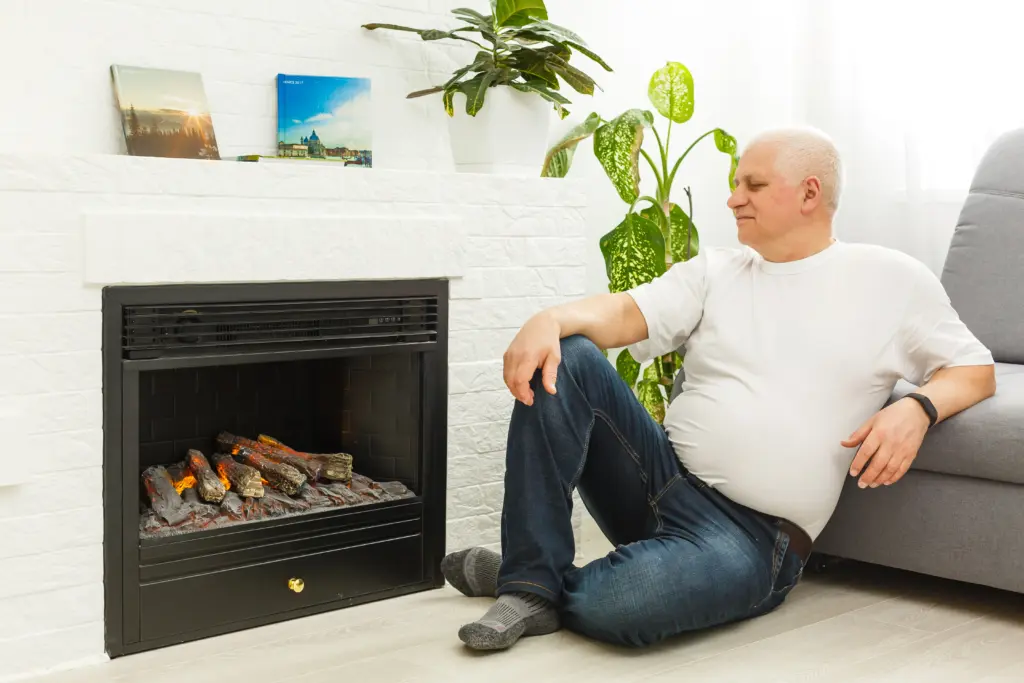
Understanding the Concept of a Ventless Gas Fireplace
A ventless gas fireplace, also called a vent-free or unvented unit, functions without a chimney or flue. Traditional fireplaces release gases through a vent, but a ventless model burns fuel so completely that almost no fumes remain. The unit mixes oxygen and gas at a precise ratio to ensure efficient combustion. Because the system keeps most of its heat inside, homeowners enjoy more warmth and energy efficiency from every use.
Many people choose ventless fireplaces because they can install them where chimneys are not possible. These fireplaces often use natural gas or propane and include built-in oxygen sensors that automatically shut the unit off if air levels become unsafe. The design makes them both practical and compact, especially for homes that lack traditional masonry chimneys.
How a Ventless Gas Fireplace Works
When activated, a ventless gas fireplace burns natural gas or propane through a carefully engineered burner. This process releases heat, light, and small amounts of water vapor into the room. Because the heat stays indoors instead of escaping through a flue, efficiency ratings can exceed ninety percent. Many models use fans to circulate warm air evenly, keeping the temperature comfortable throughout the space.
However, precision matters. The system depends on an oxygen depletion sensor, which measures air quality and turns the fireplace off if oxygen levels drop. This safety feature helps prevent harmful gas buildup. Still, installation and servicing should always be handled by qualified technicians. A professional ensures that the fireplace meets safety codes, has proper ventilation, and functions safely for your specific room size.
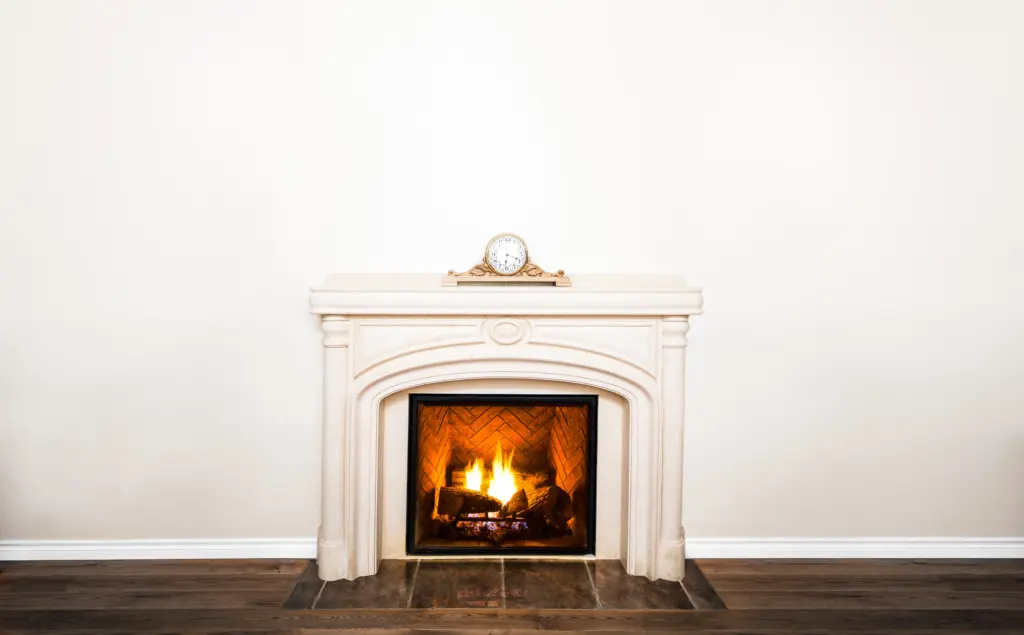
Advantages of Choosing a Ventless Gas Fireplace
One of the strongest advantages of ventless fireplaces is simple installation. Since there’s no need to build or modify a chimney, homeowners can add warmth to rooms that would otherwise remain cold. The design offers flexibility, making it possible to install these fireplaces in basements, apartments, and newer homes. They also deliver efficient heating because no energy escapes through an exhaust vent.
Convenience adds to their appeal. With a push of a button, the flames ignite instantly, eliminating the hassle of wood storage or ash cleanup. Modern units come with realistic ceramic logs or glass designs that look like traditional wood fires. For busy households, ventless fireplaces provide a reliable heat source that also enhances the home’s atmosphere.
Safety Considerations and Potential Drawbacks
Even though ventless fireplaces are efficient, they require caution and awareness. These systems release small traces of carbon dioxide, nitrogen dioxide, and moisture into the living space. Without proper airflow, those byproducts can affect indoor air quality. The U.S. Environmental Protection Agency (EPA) emphasizes the importance of ventilation and regular maintenance for homes using unvented heating appliances. Over time, trapped moisture can cause window condensation or mold if not managed correctly.
Some local codes restrict or prohibit ventless fireplaces due to these concerns. Before installation, homeowners should confirm compliance with local regulations. The fireplace must also match the room’s size since smaller spaces can experience faster oxygen depletion. With professional setup and routine maintenance, however, most safety risks can be minimized.
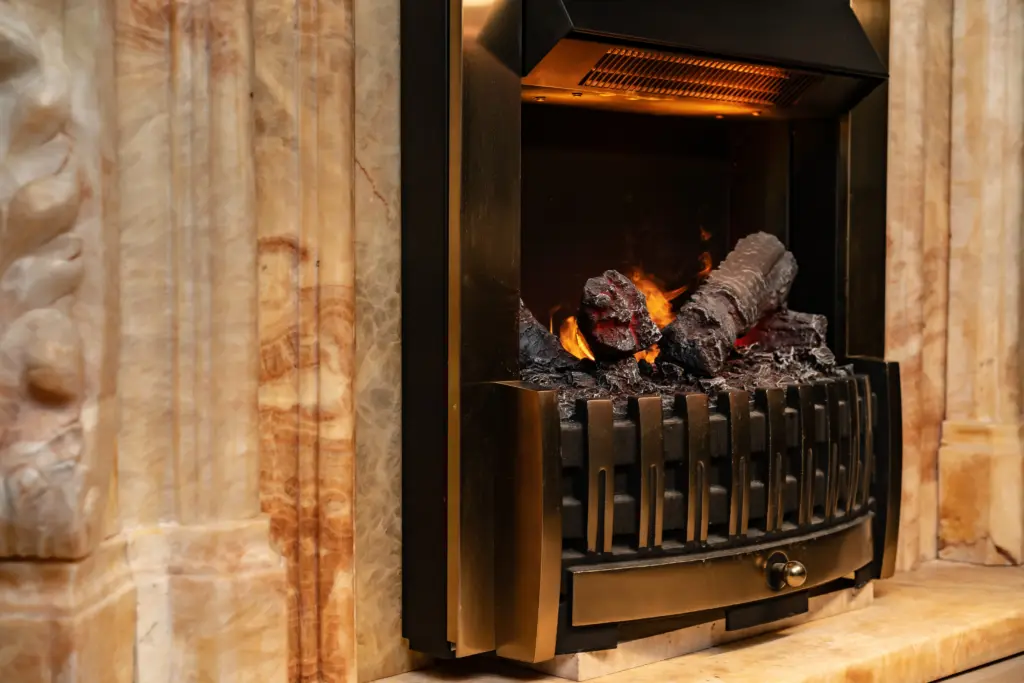
Energy Efficiency and Environmental Impact
Efficiency is the main reason many people ask what is a ventless gas fireplace and whether it’s worth installing. Because all the heat remains indoors, ventless fireplaces provide outstanding energy performance. They don’t lose warmth through a chimney, which makes them ideal for supplemental heating. Yet, because the byproducts remain indoors, regular inspections and good airflow remain essential for a healthy home environment.
From an environmental standpoint, ventless gas fireplaces produce fewer emissions than wood-burning units. They create no smoke or ash, keeping both indoor and outdoor air cleaner. Natural gas burns cleaner than wood, but it’s still a nonrenewable resource. Choosing a high-quality model and scheduling annual maintenance helps ensure you get the best efficiency with the least impact.
Installation and Maintenance
Ventless gas fireplaces should always be installed by certified professionals. A technician evaluates your space, ensures the right gas connections, and verifies the oxygen depletion sensor’s function. Incorrect installation can lead to incomplete combustion or moisture problems. Professional setup guarantees that the fireplace performs safely and efficiently.
Maintenance is straightforward but crucial. Regular servicing includes cleaning the burners, checking gas lines, and testing sensors. Homeowners should keep the area around the fireplace free from dust and obstructions. Avoid running exhaust fans or dryers at the same time as the fireplace, as these can pull oxygen from the room and reduce efficiency.
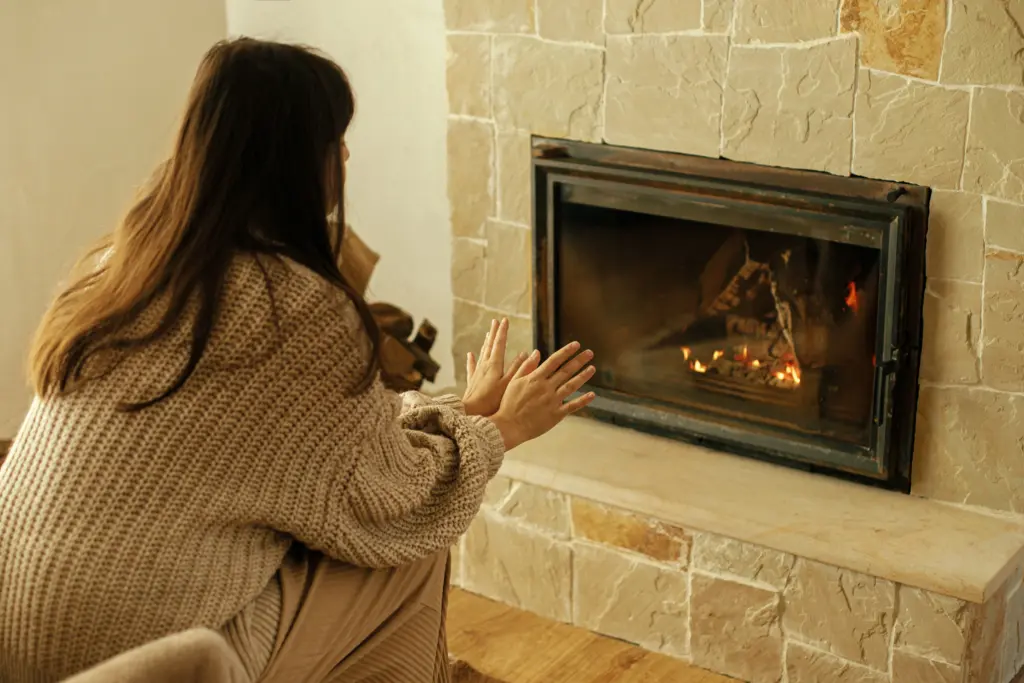
When Ventless Fireplaces May Not Be Ideal
Ventless gas fireplaces work best in homes with good airflow and balanced humidity. They may not suit households where residents have allergies, asthma, or other respiratory sensitivities. Homes in damp environments could experience excess moisture from the water vapor these fireplaces produce. In those cases, a direct-vent or traditional gas fireplace might be the safer option since it expels all combustion gases outdoors.
Professional Insight and Local Expertise
At Green & Clean Home Services, we help homeowners find the right balance between comfort, safety, and efficiency. Our team specializes in fireplace systems throughout Lake, Cuyahoga, Geauga, Summit, and Portage Counties. We evaluate ventilation, insulation, and fuel systems to ensure every installation meets both performance and safety standards. Our approach follows national codes and best practices to provide reliable results for years to come.
Proper maintenance keeps ventless fireplaces operating efficiently. Our professionals inspect burner assemblies, clean components, and check oxygen sensors during service visits. With regular care, your fireplace delivers consistent warmth, beautiful flames, and safe operation throughout every season.
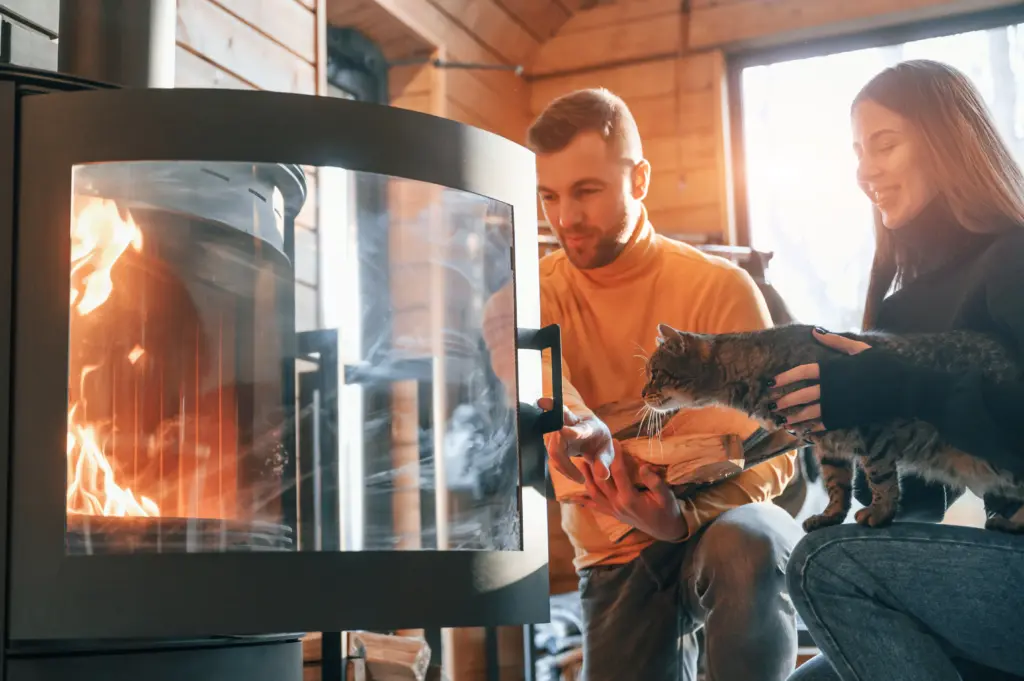
Conclusion: Is a Ventless Gas Fireplace Right for You?
Deciding what is a ventless gas fireplace and whether it fits your home comes down to understanding both its strengths and responsibilities. The system offers unmatched convenience, flexibility, and energy efficiency, especially for homes without existing chimneys. However, proper ventilation and professional guidance remain essential to maintain healthy indoor air and safe operation. For many Ohio homeowners, a ventless gas fireplace adds charm and comfort while keeping heating costs in check.
To make the best decision for your home, seek expert advice from professionals who know fireplace design and safety. Green & Clean Home Services provides full fireplace evaluations, installations, and maintenance services across the Cleveland Metro Area. You can contact us today to schedule your consultation and discover whether a ventless gas fireplace is the right choice for your home.


